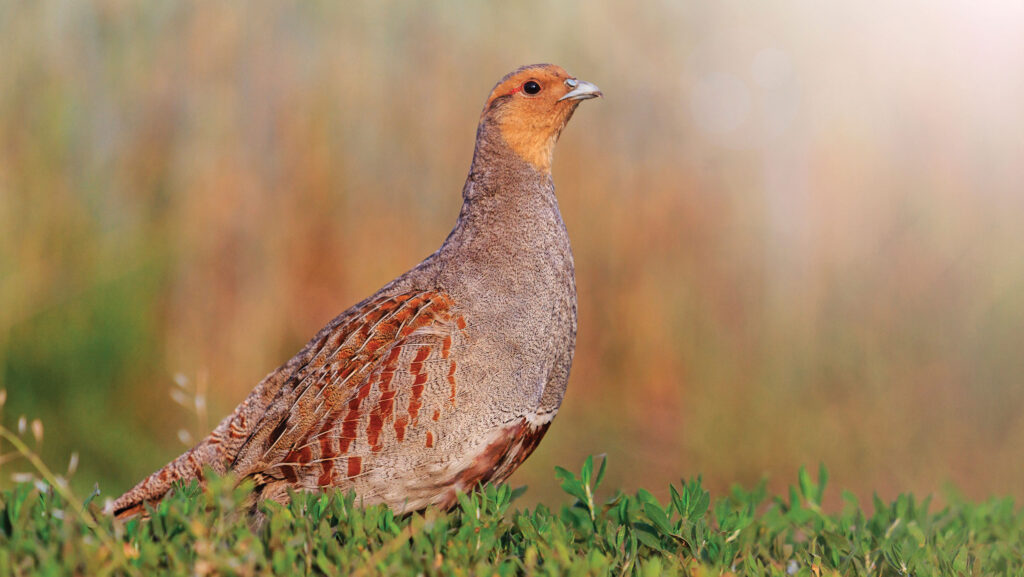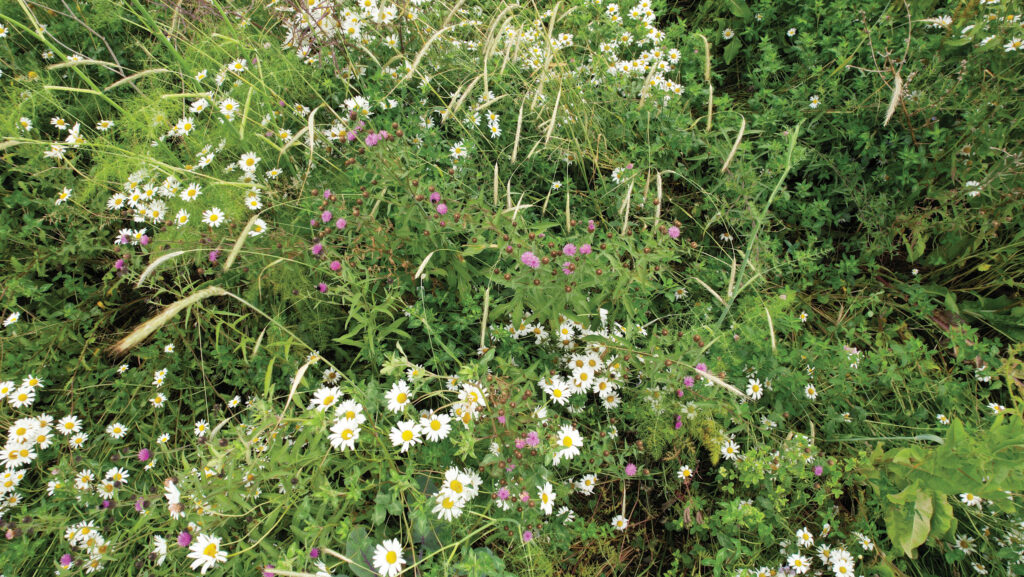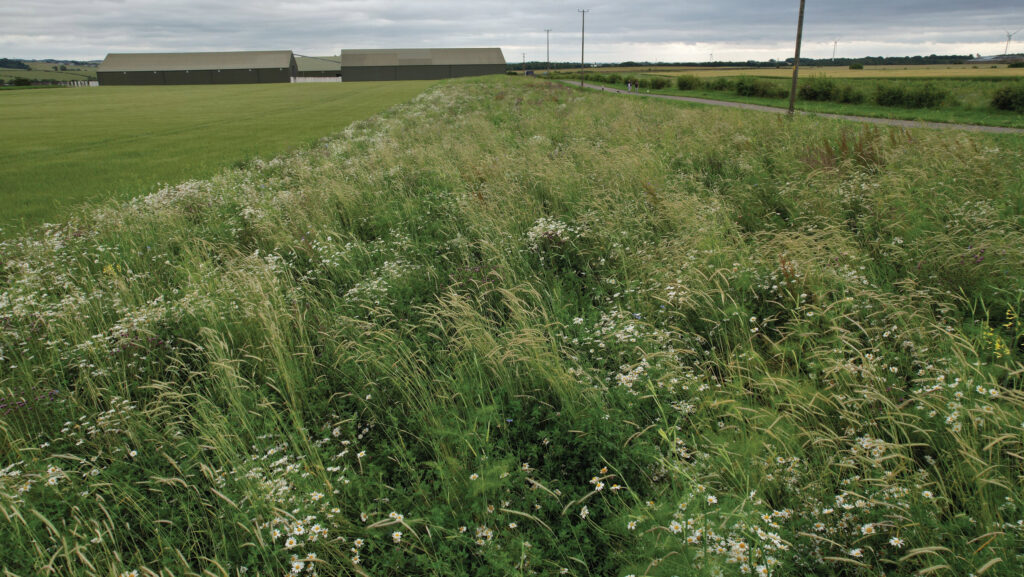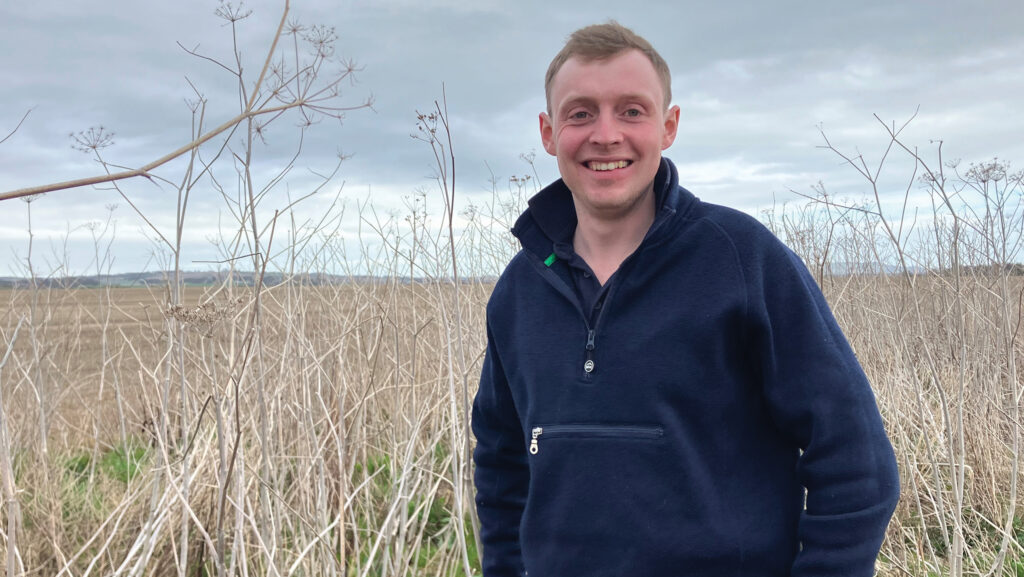Wild grey partridge farm project promotes biodiversity and profit
 © AdobeStock
© AdobeStock A decade-long wild grey partridge project establishing cover crop field margins at a Scottish farming estate has proved an effective way to promote biodiversity and reap an economic return.
Balgonie Estates, in Fife, began its mission to encourage natural populations of the grey partridge back in 2014, when farm manager John Drysdale started surveying bird species with the help of the Game and Wildlife Conservation Trust (GWCT).
“The estate had naturally high populations of grey partridge, but we wanted to enhance this. We had an eye for creating better habitats – not just for partridge, but other key indicator species,” says John.
See also: Why a Scottish estate harvests crops every month of the year
The objective of the project was to demonstrate how farmland biodiversity can co-exist with effective agriculture.
However, when introducing environmental schemes, John stressed the importance of the project to bring not just biodiversity benefits but a financial return to the business.
“It is important to understand that Balgonie Estates is a commercial farm at the highest level. We’re farming good arable land, so it needed to work commercially,” he says.
Through the project’s success, John has gone on to secure new markets and income streams, as the wider supply chain looks to cash-in on the estate’s environmental credentials.
“We hope the project provides the Scottish government with a framework of how commercial deals can be struck with the supply chain. It really has the potential to be a huge success,” he says.
About Balgonie Estates
Balgonie Estates lies just east of Glenrothes, near Fife, and includes 750ha of mostly open arable land.
The farm is run by Kingdom Farming, which was set up by farm manager John Drysdale in 2009, and offers a multifunctional agricultural contracting service.
The business provides grain storage, drying, cleaning and grain analysis services to local farmers, with capacity to store up to 30,000t of grain.
A total of 24 full-time staff are employed by Kingdom Farming, which contract farms across 1,500ha.
It also has arable, forestry and property enterprises with a further five office staff.
Results and returns
Almost 7km of 4m-wide hedgerow margins of chicory and mustard were initially sown around the farm, with the aim of developing a long-term effective cover crop for the partridge to nest, feed and overwinter.
The GWCT soon realised the margins were not wide enough, and with the support of EU funding as part of the Interreg VB North Sea Region Programme, hedgerow margins were scaled up to 24m wide.
A total of 11.8km of margin, ranging from 4-24m wide, now provides year-round cover, nesting sites and accessible areas for foraging chicks, with 12 species of cover crop included in the mix.
Results of the programme were telling.
Wild grey partridge populations saw a huge 325% increase since the launch of the project, and the four key indicator species – yellow hammer, tree sparrow, linnet and white throat– increased 33%.
Meanwhile, breeding songbird numbers grew by 75% and winter numbers of all seed-eating birds increased more than fourfold.

A diverse species mix provides year round cover for the wild grey partridge © Balgonie Estates
Margin establishment
A range of cover crop species and seed rates were trialled, to which 15kg/ha was found to be the optimum rate to encourage populations of the grey partridge. The aim was to keep the covers for up to three years.
“Different bird species prefer different environments – you’ve got to design what you want to attract to the habitat.
“Aim for a nice wide margin with a bit of height to help prevent nest predation. Avoid sowing biocrops too thick, as this restricts the partridge’s movement.
“The corn bunting, for example, prefers a much thicker cover compared to the partridge,” he says.
The 12-way species mix of annual, biennial and perennial plants was selected to form a long-term option with the help of seed specialist Kings – a division of Frontier agriculture.
This included tree fennel, chicory, knapweed, oxeye daisy, perennial rye and kale.
The wide margins allow for different management practices within the same margin, so each year only half of the margin is topped, and re-sown if required, explains assistant farm manager Alfie Comber.
“This creates different habitats suited to the grey partridge.
“The shorter, thinner crops provide good foraging conditions, and the taller, thicker crops are ideal for nesting and cover, while providing food at different times of year,” he says.
What’s more, cutting a proportion of the crop each year provides opportunity for weed management.

Cover crop margin © Balgonie Estates
Financial future
After initially receiving EU-funding, the programme went on to secure a three-year payment from food manufacturing PepsiCo, as part of the PepsiCo Farming Arable Biodiversity (FAB) project.
The company agreed to pay a commercial rate for the cover crop margins until 2025, as part of an ongoing trial assessing biodiversity, carbon sequestration and marketing benefits.
Five other farms are also involved in the FAB project.
The estate team is now looking to other companies which may be interested to cash-in on the potential benefits.
The environmental project has opened the door to new marketing opportunities, says Alfie.
Following its involvement with the biodiversity scheme, a local distillery is now set to source 100% of its winter rye and spring and winter barley from Balgonie Estates.
“We’re also doing a cover crop trial with the distillery, which is interested in working with us on other environmental projects.
“We planted a cover crop mix on 2 August behind winter barley, ahead of spring barley.
“This should provide an effective way to promote soil structure, reduce erosion by keeping a living root in the ground, with the hope of promoting yield,” he says.

Alfie Comber © MAG/Emma Gillbard
Community focus
An important focus of the project is sharing findings and figures with other farmers, policymakers and the local community.
Each year, events are hosted on the farm to highlight the wildlife project to farmers and the wider public.
John has signs displayed round the farm to inform people what is happening in the area and promote education, so locals respect farming practices and the nature recovery projects.
Select clover varieties to match indigenous bee species
As part of the project, Balgonie Estates farm manager John Drysdale was keen to promote biodiversity levels for a range of pollinating insects – particularly bees.
Eager to incorporate red clover into the margins, John was intrigued by what he found out about plant species selection when talking to the Game and Wildlife Conservation Trust.
“I was informed that the indigenous bees of the estates were short-tongue species, which find collecting nectar from the flowers of white clover much easier than that of red clover,” he says.
This is because white clover has many tiny petals, which short-tongue bees can readily extract nectar from.
Red clover has much deeper flowers, which make it harder for bees to extract the nectar.
Long-tongue species, such as bumblebees, can easily extract nectar from deeper petalled flowering plants such as red clover.
“It was great working with the Game and Wildlife Conservation Trust to find out this information – it was a very simple switch.
“In order to enhance nature, you have to work with it. Look at what’s natively growing in hedgerows to inform you of indigenous species and what best suits your land,” recommends John.

